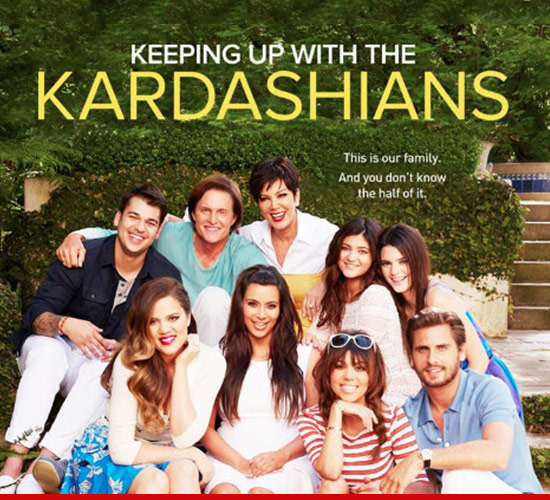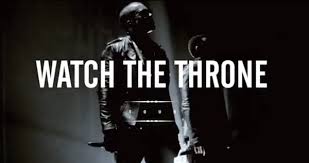Private Schools vs Public Schools
By: Mark Liedtke
The argument of ages ravages America: Publics schools or private schools. According to the 2009 GreatSchools and Harris Interactive poll, roughly one if four parents (24%) are rethinking the type of school their children should attend in the future.
The most obvious difference between the two is money. Public schools cannot charge tuition for their students. The downside to this is that public schools are often underfunded and are influenced heavily by politics and shortfalls. They are funded through federal, state and local taxes and since most of them are a part of a larger school district or system, they must follow the rules and regulations set by politicians. Private schools of the other hand are privately funded and rely on tuition, private grants and donations to keep their schools funded. In 2007-2008, according to the Council of America Private Education, the average tuition for all non-sectarian was $17,316.
Another difference would be the admission. By nature, private schools are selective. Because of this, the admission process often takes more effect from the family because the school is not obligated to take every child. More tests, more interviews, even essays. On the flip side, public schools are required by law to accept all applicants to their schools. However a downside to this is that for students with special needs, there always might not be the proper care that they need available at certain schools due to high volumes of students with other needs or lack of staff members qualified.
Colleges also deal with the private versus public issue. The cost of a public college is anywhere between 0%-75% less than the cost of private schools. Also, in the college spectrum, many students found roughly the same 30-year return on their investments.
Teaching quality also comes into the argument of this topic. Many people believe that because their sons/daughters are attending private schools that they are receiving a higher level of education from them. However, many public school teachers have the same level education as the private school teachers do, and more private school teachers are often teaching without a bachelors degree. Also it is important to note that many public school teachers are state certified or at least working towards being certified.
The curriculum development between the two different school types varies greatly. Once again since public schools must follow state guidelines set for certain standards. Private schools are allowed to create whatever curriculum and assessment models that they wish. In some cases this can result in higher standards for students in private schools, however it can also lead to lower standards.
Both of these types of schools add their own pros and cons. Public schools allow for no cost outside of taxes from the federal, state and local levels. Also they are open to accepting all students without any exceptions and their teaching quality is roughly the same as the private schools. Private schools have tuitions, and are funded through themselves, donations and tuitions. Also they are a lot more selective than public schools are the admissions process takes longer.
Bibliography
"Private versus public." GreatSchools. N.p., n.d. Web. 29 Apr. 2014. <http://www.greatschools.org/find-a-school/defining-your-ideal/59-private-vs-public-schools.gs?page=all>.
"The Economy's Impact on Back to School." greatschools. N.p., n.d. Web. 29 Apr. 2014. <http://www.greatschools.org/news/back-to-school-poll-results.page>.







